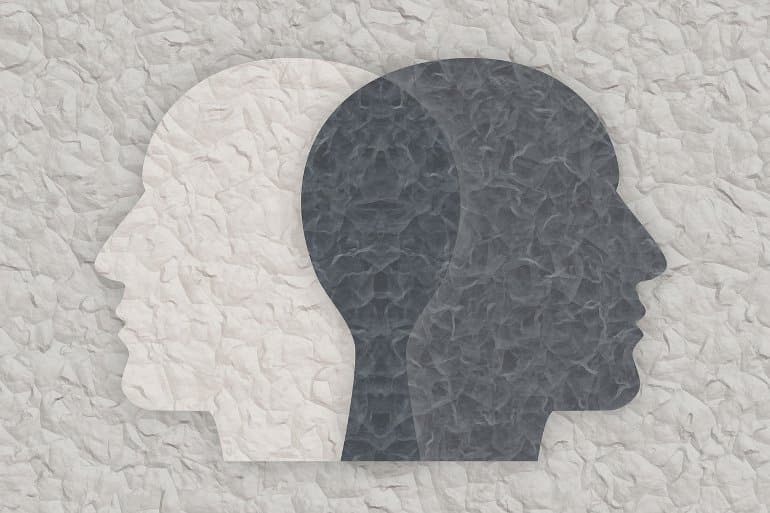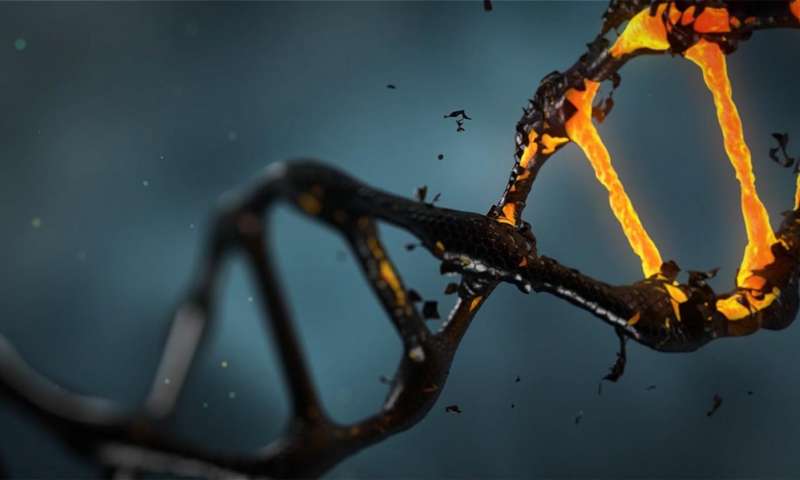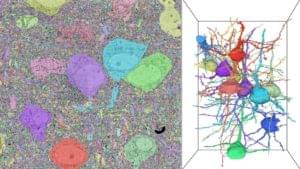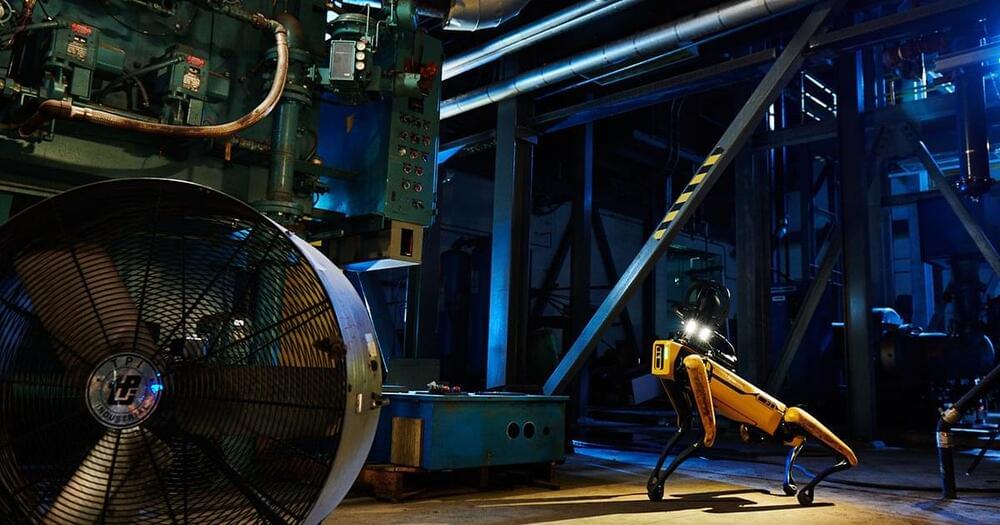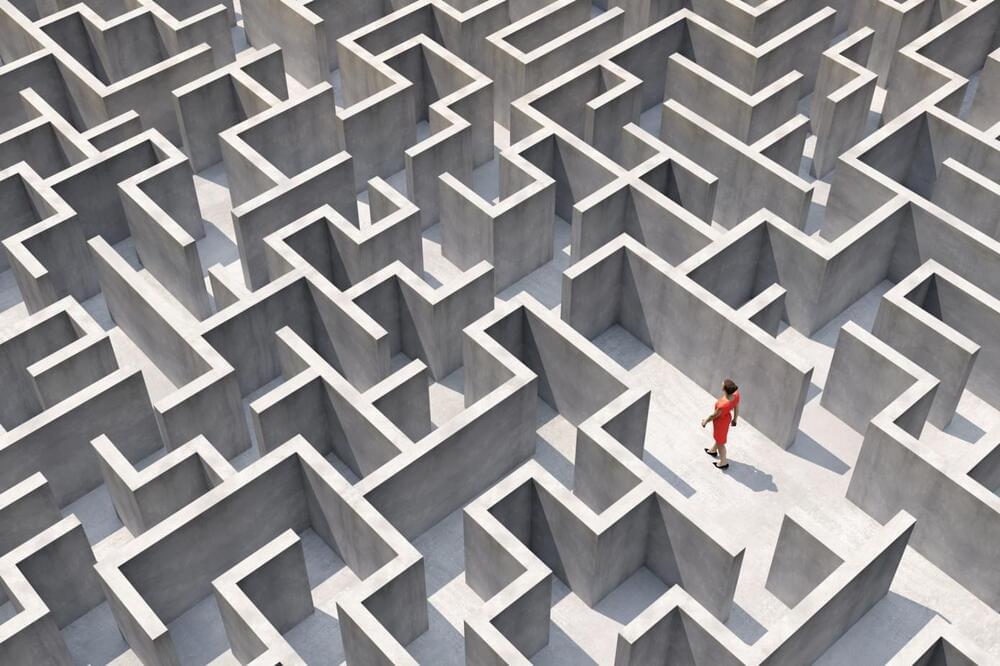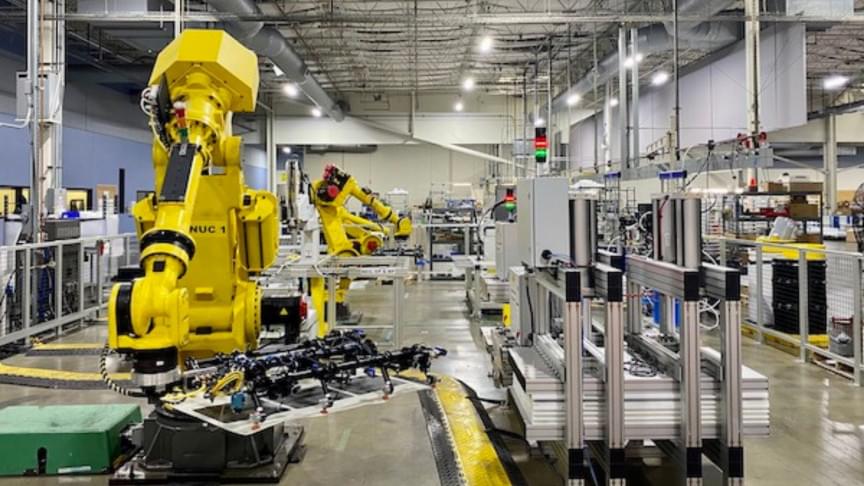Genetic diseases are a compelling target for viral gene therapy. One condition that scientists are investigating to see if they can treat with gene therapy is a rare genetic disease called Leber congenital amaurosis, or LCA is a progressive condition that disables critical cells within the retina. The damage begins at birth: it eventually robs patients of central vision and color perception, often rendering them legally blind. But there may be another way. On Wednesday, researchers presented evidence from a breakthrough gene-editing experiment that restored some color vision to patients with LCA vision loss.
CRISPR is already under investigation as a gene therapy for blood disorders like sickle cell disease and beta-thalassemia. It may well have other uses, such as treating cancer by editing mutated DNA. But the process is not without its hurdles. Treatments for blood disorders like these involve taking cells from the patient’s body, changing them in vitro in the lab, and then re-infusing them back into the patient’s body. That works great for blood, which you can take out, filter, and put back in with relatively few consequences.
But because LCA is a disease of the retina, you can’t just take out cells and then infuse them back in. The retina is a delicate, multilayered membrane that resents any disturbance. The eye also has a system of physical defenses not unlike the blood-brain barrier. Furthermore, the immune system sometimes responds with extreme prejudice to eye injuries or infections, to the point of causing an actual autoimmune disease where the body attacks its own eyes. How, then, could researchers get the CRISPR treatment into the retina, past the body’s ferocious defenses and without further damage?

